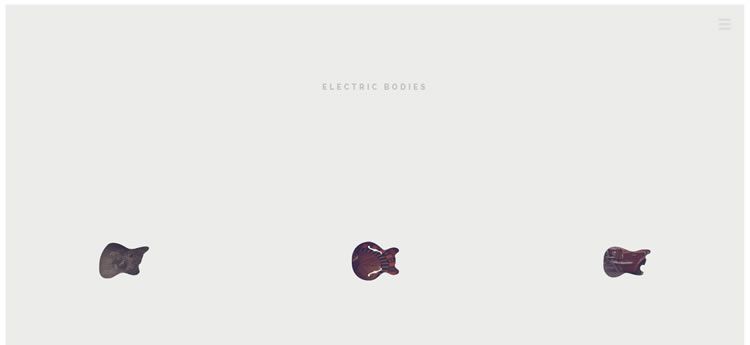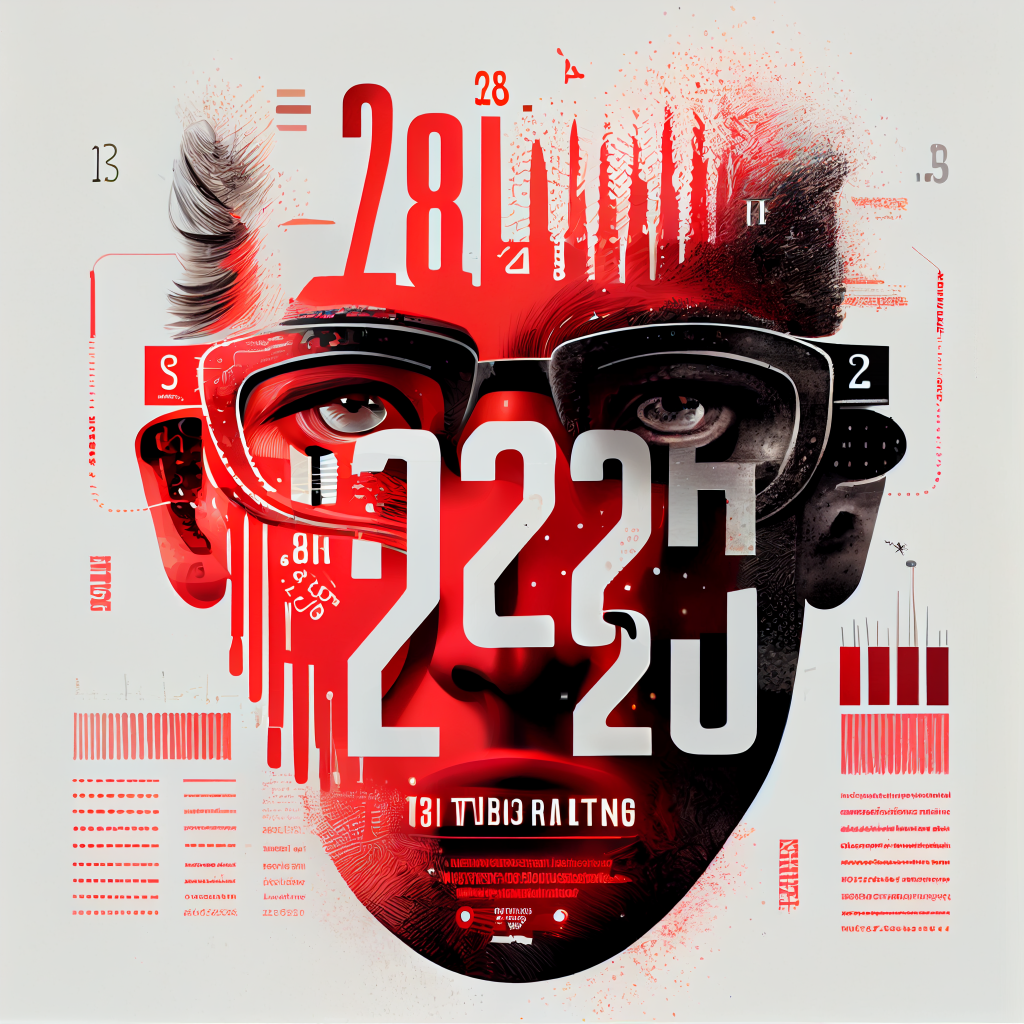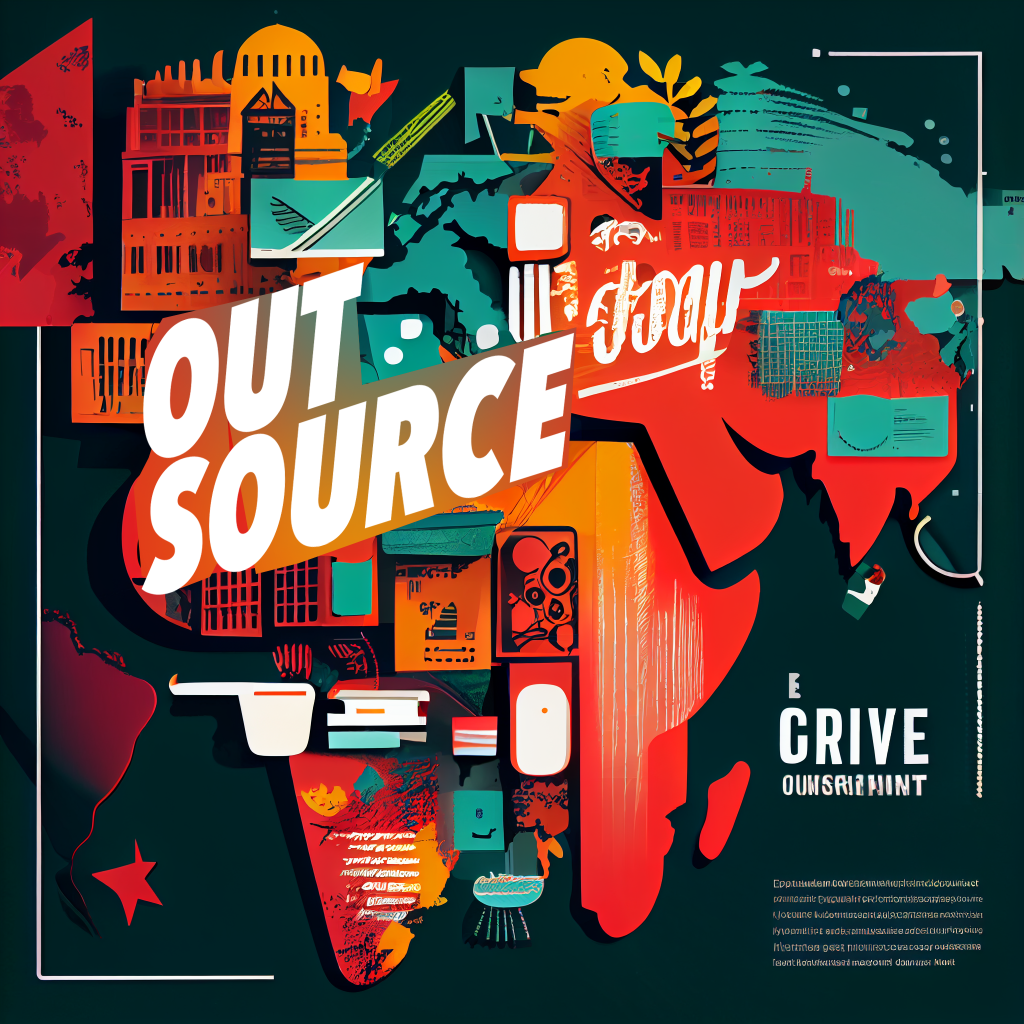“A billion customers in the world,” Dr. Paul Polak told a crowd of inventors recently, “are waiting for a $2 pair of eyeglasses, a $10 solar lantern and a $100 house.”

The world’s cleverest designers, said Dr. Polak, a former psychiatrist who now runs an organization helping poor farmers become entrepreneurs, cater to the globe’s richest 10 percent, creating items like wine labels, couture and Maseratis.
“We need a revolution to reverse that silly ratio,” he said.
To that end, the Cooper-Hewitt National Design Museum, which is housed in Andrew Carnegie’s 64-room mansion on Fifth Avenue and offers a $250 red chrome piggy bank in its gift shop, is honoring inventors dedicated to “the other 90 percent,” particularly the billions of people living on less than $2 a day.

Their creations, on display in the museum garden until Sept. 23, have a sort of forehead-thumping “Why didn’t someone think of that before?” quality.
For example, one of the simplest and yet most elegant designs tackles a job that millions of women and girls spend many hours doing each year — fetching water. Balancing heavy jerry cans on the head may lead to elegant posture, but it is backbreaking work and sometimes causes crippling injuries. The Q-Drum, a circular jerry can, holds 20 gallons, and it rolls smoothly enough for a child to tow it on a rope.
Interestingly, most of the designers who spoke at the opening of the exhibition spurned the idea of charity.
“The No. 1 need that poor people have is a way to make more cash,” said Martin Fisher, an engineer who founded KickStart, an organization that says it has helped 230,000 people escape poverty. It sells human-powered pumps costing $35 to $95.

Pumping water can help a farmer grow grain in the dry season, when it fetches triple the normal price. Dr. Fisher described customers who had skipped meals for weeks to buy a pump and then earned $1,000 the next year selling vegetables.
“Most of the world’s poor are subsistence farmers, so they need a business model that lets them make money in three to six months, which is one growing season,” he said. KickStart accepts grants to support its advertising and find networks of sellers supplied with spare parts, for example. His prospective customers, Dr. Fisher explained, “don’t do market research.”
“Many of them have never left their villages,” he said



























